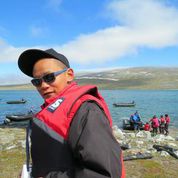We’ve followed dozens of polar bears on the WWF Polar Bear Tracker since it launched in 2003. But few have wandered as far as Kara, a female bear tagged by researchers in Spring 2013.
By fitting polar bears with GPS collars (females only – the collars slip off the males’ larger necks), researchers from the Norwegian Polar Institute can track exactly where the bears of Svalbard go. After years of such work, the researchers get to know many of the individual bears. Sometimes, however, previously unencountered bears appear on Svalbard. Unlike local bears that spend the summers hunting seals in Svalbard’s fjords, these bears may be long-distance wanderers on the sea ice – “pelagic” polar bears.
See her journey on the ice
Explore Kara’s journey on the interactive map:
Understanding long-distance polar bears
Most of Svalbard’s polar bears remain on land throughout the summer, a strategy that requires less energy than long-distance roaming. On land, however, there is less food in the summer. Why do bears choose one strategy over the other? Tracking the bears will help NPI answer questions like:
- Do individual polar bears shift strategy between years?
- Do cubs learn from their mothers whether to walk the sea ice or to stay on land?
- Are the Svalbard polar bears split between Russian-oriented and Greenland-oriented individuals? Some wandering polar bears head east like Kara. Other wanderers seem to prefer to head north and west like N26220, who was collared April 2014.
Research over long periods of time is vital to polar bear conservation. By understanding how they use their habitat, what places appear to be important for them and how populations change, only then we can arrange for better protection measures.
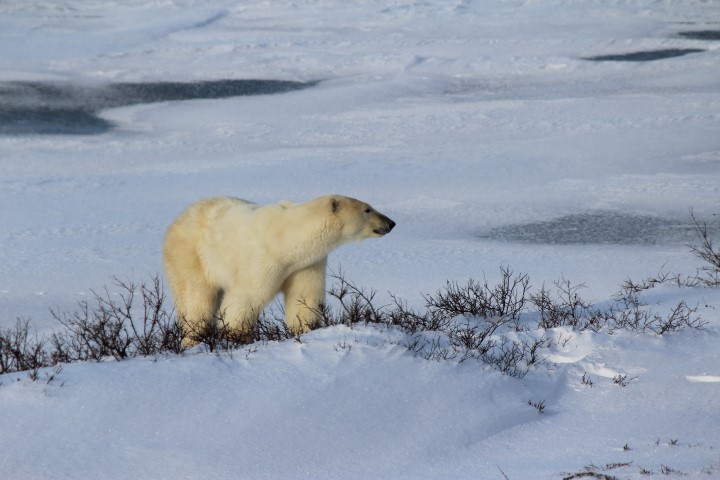



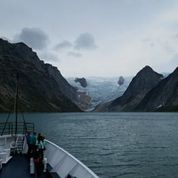
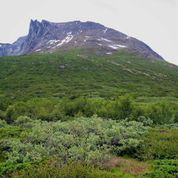
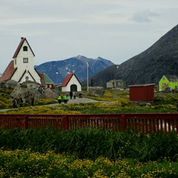

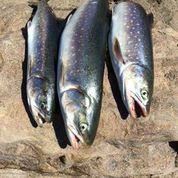 I got to use an ice table for lunch [fresh char and bannock, cooked by elders on the beach]. I loved that we went to a waterfall to get water for our bottles. And to hear elders talk about how they were moved from their communities. It was very emotional. We really understood what it had been like.”
I got to use an ice table for lunch [fresh char and bannock, cooked by elders on the beach]. I loved that we went to a waterfall to get water for our bottles. And to hear elders talk about how they were moved from their communities. It was very emotional. We really understood what it had been like.”
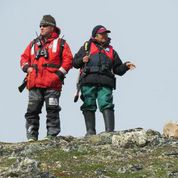 uards keeping lookout, we picked our way to the top of a deceptively steep mountain. Happily, neither black bears nor polar bears seem interested in tangling with our group of 130 people.From our vantage point on top of the mountain, we could see for who knows how many kilometres in every direction – but no bears in sight.
uards keeping lookout, we picked our way to the top of a deceptively steep mountain. Happily, neither black bears nor polar bears seem interested in tangling with our group of 130 people.From our vantage point on top of the mountain, we could see for who knows how many kilometres in every direction – but no bears in sight.